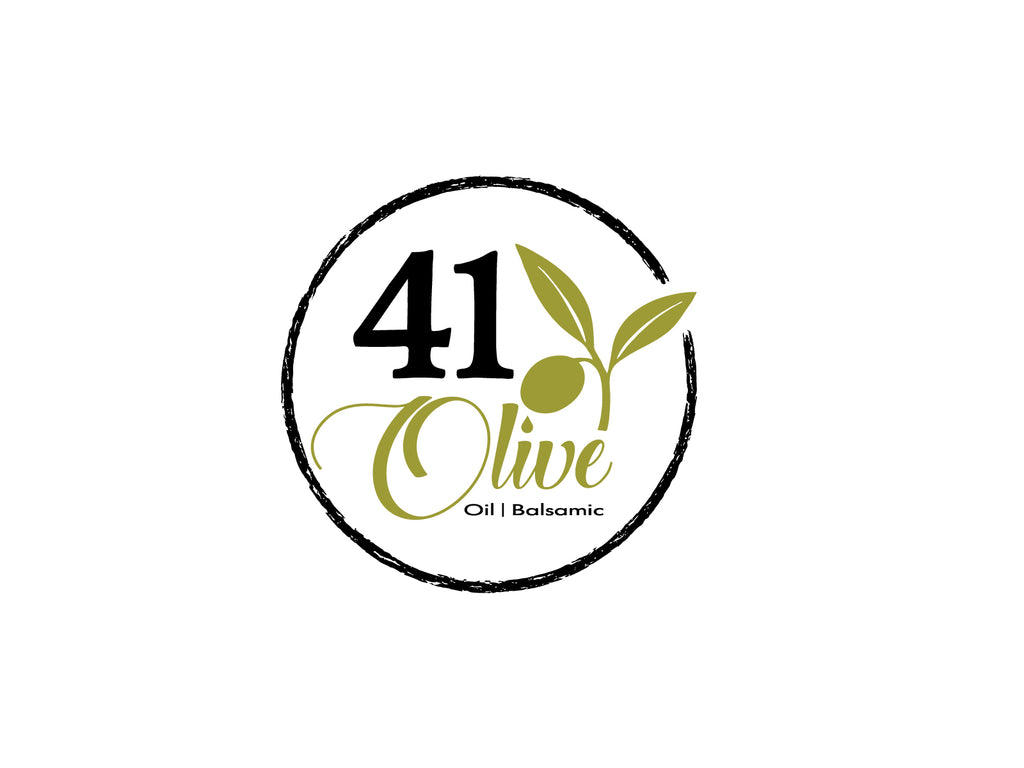Learn How To Pick A Good Olive Oil And Make Everything You Cook Taste Amazing
A great dish can only be made with exceptional ingredients. It is not always easy to source the highest quality ingredients. Some people don't live near a well-stocked farmers market, or can find a butcher willing to cut some lamb chops from local farms.
Olive Oil As A Main Ingredient
Olive Oil is the backbone of Mediterranean cuisine and can be found in everything, from cookies to chicken, to drizzle on everything. We think it's an essential ingredient. Yet, most people don't know what to look for in bottles of "Freshly Pressed!" "100-percent Olives!" and "Direct From Sicily!" In the supermarket condiments aisle.
You also have the issue of subordinate Olive Oil being sold by fraudulent vendors as Extra Virgin Olive Oil.
What to Look For on an Olive Oil Label
Our olive oil experts recommend that you concentrate on two things.
- The year of harvest
- Also, the "best before" date
All oils go bad. The more olive oil that is fresh, the better it tastes.
Olive Oils can go bad if it comes in contact with the air. The best Olive Oils are made from fresh fruit that has been pressed within a short time of picking. They are stored in sealed tanks under nitrogen to stop oxygen getting in.
Where should olive oil come from?
Let's face it, only 25 percent of global production is Extra Virgin Olive Oil.
Our suggestion is to do your research and make sure you trust the olive oil brand you're buying. Although price is often an indicator, it does not always indicate quality.
It simply means the highest quality grade. It is simply the pure juice from fresh olives that has not been subject to any heat, chemicals or solvents. Extra Virgin Olive Oil can be made by crushing the fruit and extracting its juice. There is nothing else.
There are many steps involved in making Extra Virgin Olive Oil. It is not just about squishing some olives and bottling it.
